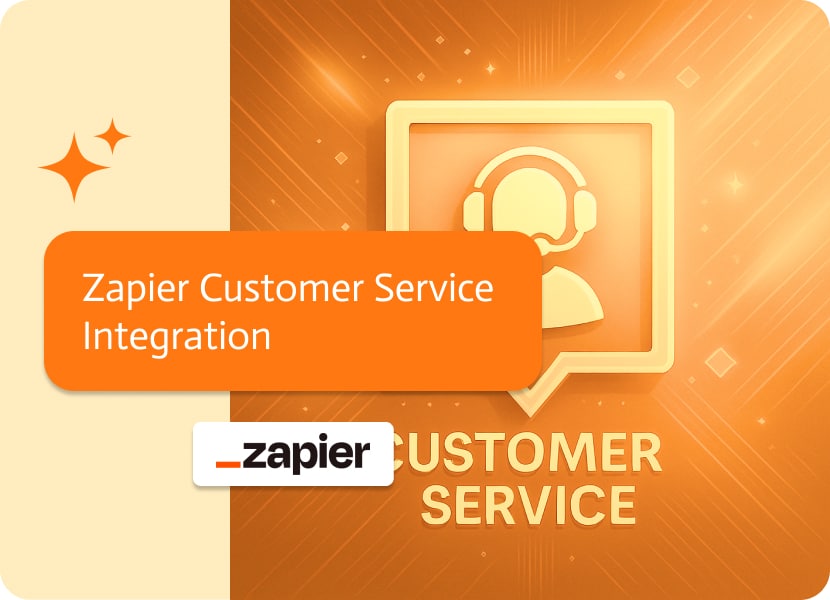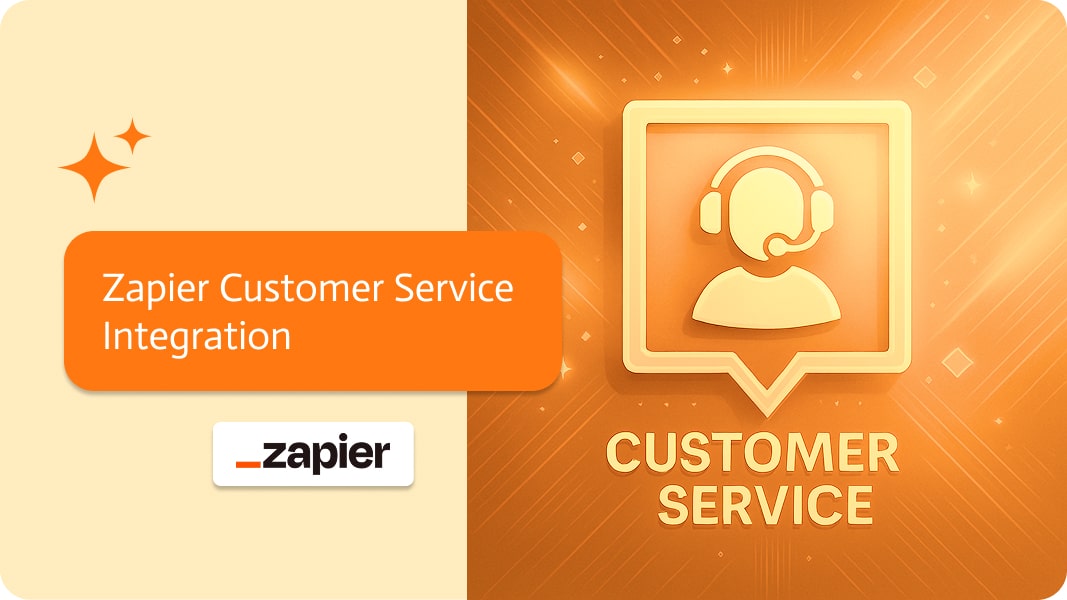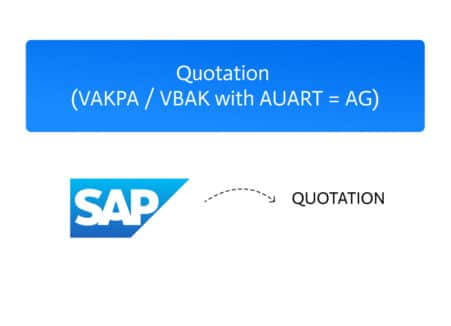

Zapier Customer Service Integration
Customer Service Integration (CSI) entails connecting customer service platforms with various business systems and tools via Zapier’s Zaps to enhance customer interactions and streamline support processes. By integrating customer service software with CRM, ERP, and marketing automation applications, small businesses can provide faster, more personalized support. Here are the top use cases for Customer Service Integration:
What is Zapier?
Zapier is a cloud-based integration platform as a service (iPaaS) that connects multiple software applications and automates business processes. It enables small organizations to streamline operations by facilitating seamless data flow between different systems. Zapier’s user-friendly interface allows non-technical users to create, manage, and deploy integrations effortlessly.
Benefits of Zapier Customer Service Integration
Zapier for Customer Service Integration connects various customer service applications with other business tools to enable seamless data exchange and unified operations. This integration helps small businesses synchronize customer data, automate support tasks, and enhance customer interactions. Here are the top use cases for customer service integration:
1. Ticket Management With Zapier Customer Service Integration
Sync customer service tickets with CRM systems. This integration ensures that all customer interactions are tracked in one place, providing a comprehensive view of customer history and improving response times.
Real-Life Example: A small tech company uses Zapier to sync customer service tickets from Zendesk with their CRM. When a new ticket is created in Zendesk, Zapier automatically updates the CRM, ensuring that the support team has all the necessary customer information.
2. Customer Insights With Zapier Customer Service Integration
Enrich customer service data with CRM information. Integrating CRM with customer service platforms allows support agents to access detailed customer profiles, improving the quality and personalization of support.
Real-Life Example: A retail business uses Zapier to pull customer data from Salesforce into their helpdesk software. When a customer contacts support, agents have instant access to purchase history and previous interactions, enabling them to provide more personalized service.
3. Automated Responses With Zapier Intergration
Send automated responses to common queries. This integration helps manage customer expectations by providing immediate acknowledgments and answers to frequently asked questions.
Real-Life Example: An e-commerce store uses Zapier to send automated responses to common inquiries received through their customer support email. When a query matches a predefined keyword, Zapier triggers an email with relevant information, reducing response times.
4. Support Escalation With Zapier Intergration
Automate escalation processes for urgent tickets. This ensures that high-priority issues are promptly addressed by the appropriate team members, improving resolution times and customer satisfaction.
Real-Life Example: A software company uses Zapier to automate the escalation of critical support tickets. When a ticket is marked as urgent in their helpdesk system, Zapier notifies the senior support team in Slack, ensuring immediate attention.
5. Service Feedback With Zapier Intergration
Collect feedback after customer service interactions. This integration enables businesses to gather insights into customer satisfaction and identify areas for improvement.
Real-Life Example: A consultancy firm uses Zapier to send post-service surveys through SurveyMonkey after each support interaction. Feedback collected is then synced with their CRM for analysis, helping them continuously improve their service quality.
6. Knowledge Base Updates With Zapier Intergration
Sync knowledge base updates across platforms. Keeping support documentation up-to-date and accessible ensures that both customers and support agents have the latest information.
Real-Life Example: A SaaS company uses Zapier to synchronize updates made in their knowledge base with their customer support platform. When a new article is published, Zapier updates the support platform, ensuring that agents can quickly share the latest information with customers.
7. Customer Follow-Up With Zapier Intergration
Automate follow-ups after service requests. Ensuring timely follow-ups can enhance customer satisfaction and demonstrate a commitment to excellent service.
Real-Life Example: A financial services firm uses Zapier to automate follow-up emails after resolving customer support tickets. When a ticket is closed, Zapier triggers a follow-up email thanking the customer and inviting them to provide feedback.
Alternatives to Zapier Customer Service Integration
While Zapier is an excellent tool for small businesses, medium to large enterprises may require more robust features and scalability. Here are some alternatives tailored to meet the needs of larger organizations:
- Noca AI: This platform leverages AI and natural language processing to offer a user-friendly, no-code solution. It excels in compliance and scalability, making it a strong choice for enterprises.
- Boomi: As part of Dell Technologies, Boomi provides comprehensive tools for API management and data synchronization. Its robust capabilities are designed to meet the needs of large enterprises, ensuring efficient and seamless data integration.
- MuleSoft: Known for its strength in API management and data integration, MuleSoft is ideal for complex integration requirements and strict regulatory compliance. It provides powerful tools for intricate system integrations.
- Workato: Workato combines powerful integration and automation features with an intuitive interface. It supports complex workflows and offers extensive tools for managing integrations, making it suitable for enterprise environments.
- SnapLogic: SnapLogic focuses on intelligent data integration, using a no-code mechanisms to accelerate data movement across systems. This enhances business agility by streamlining data processes and improving operational efficiency.
- Make: Formerly known as Integromat, Make offers extensive automation capabilities and flexible integration features. It caters to businesses looking for a robust and adaptable solution to manage complex workflows.
Each of these platforms provides advanced integration features, scalability, and compliance capabilities designed for larger organizations. By exploring these Zapier competitors, businesses can find the right integration solution to enhance their operational efficiency and meet their specific needs.


